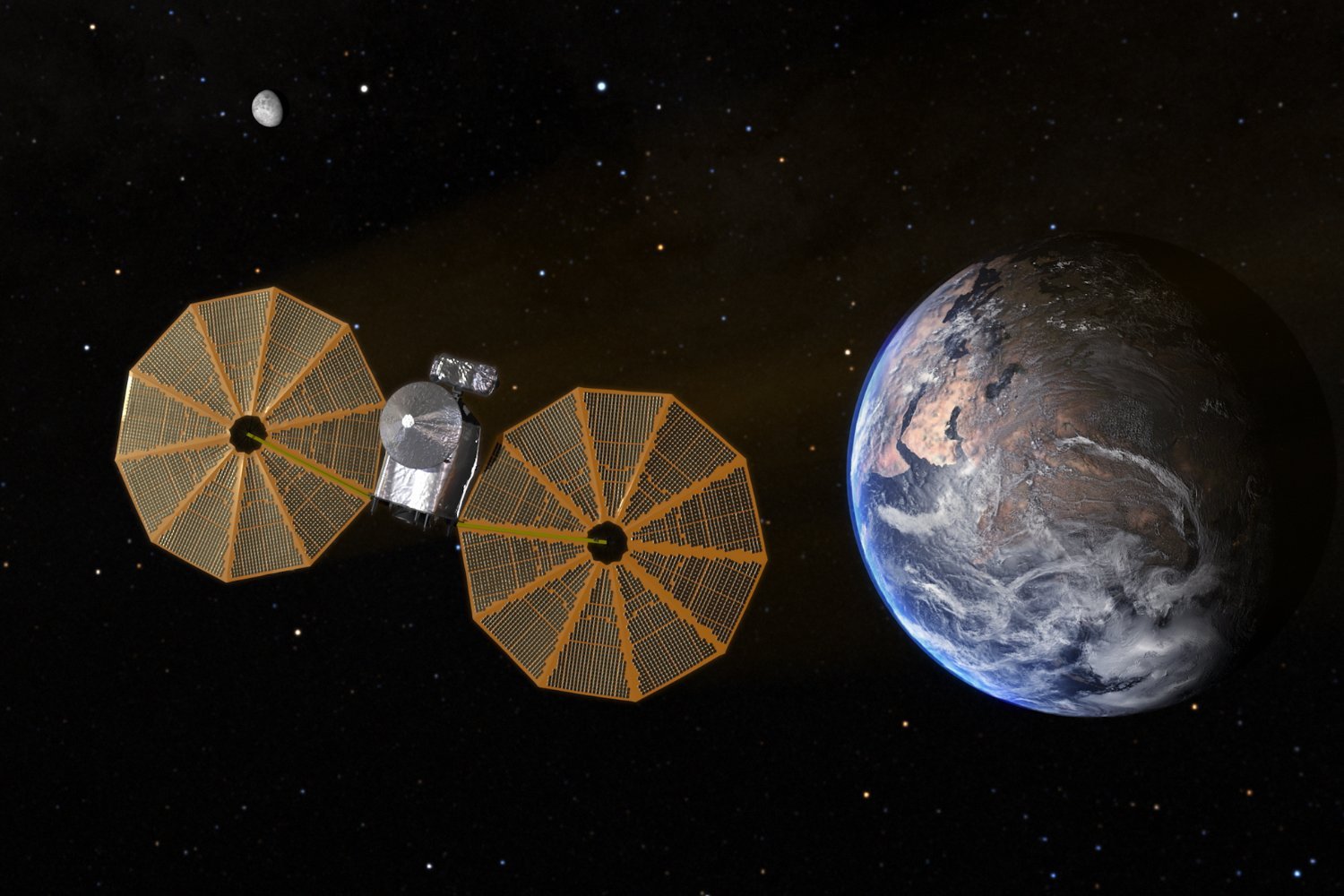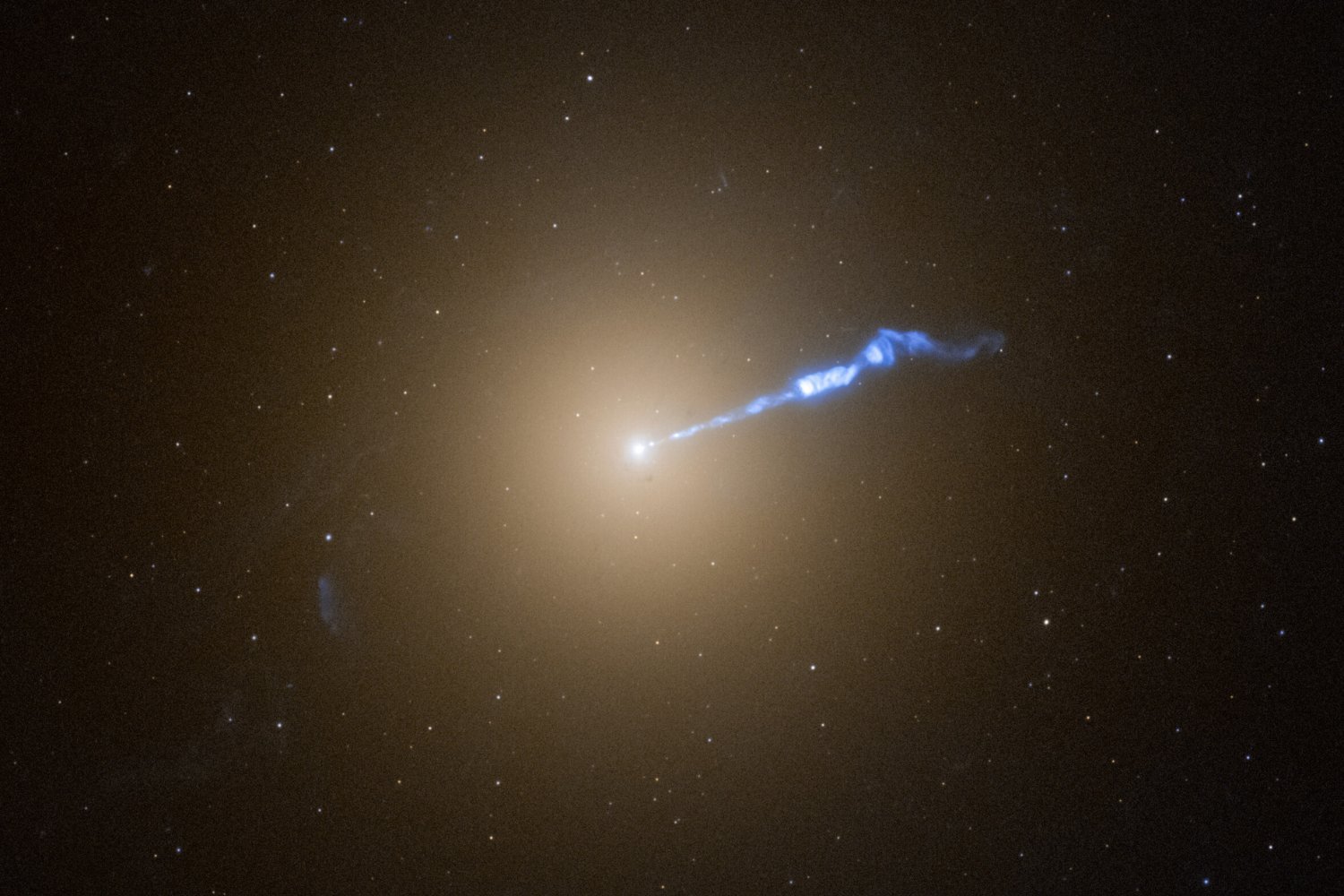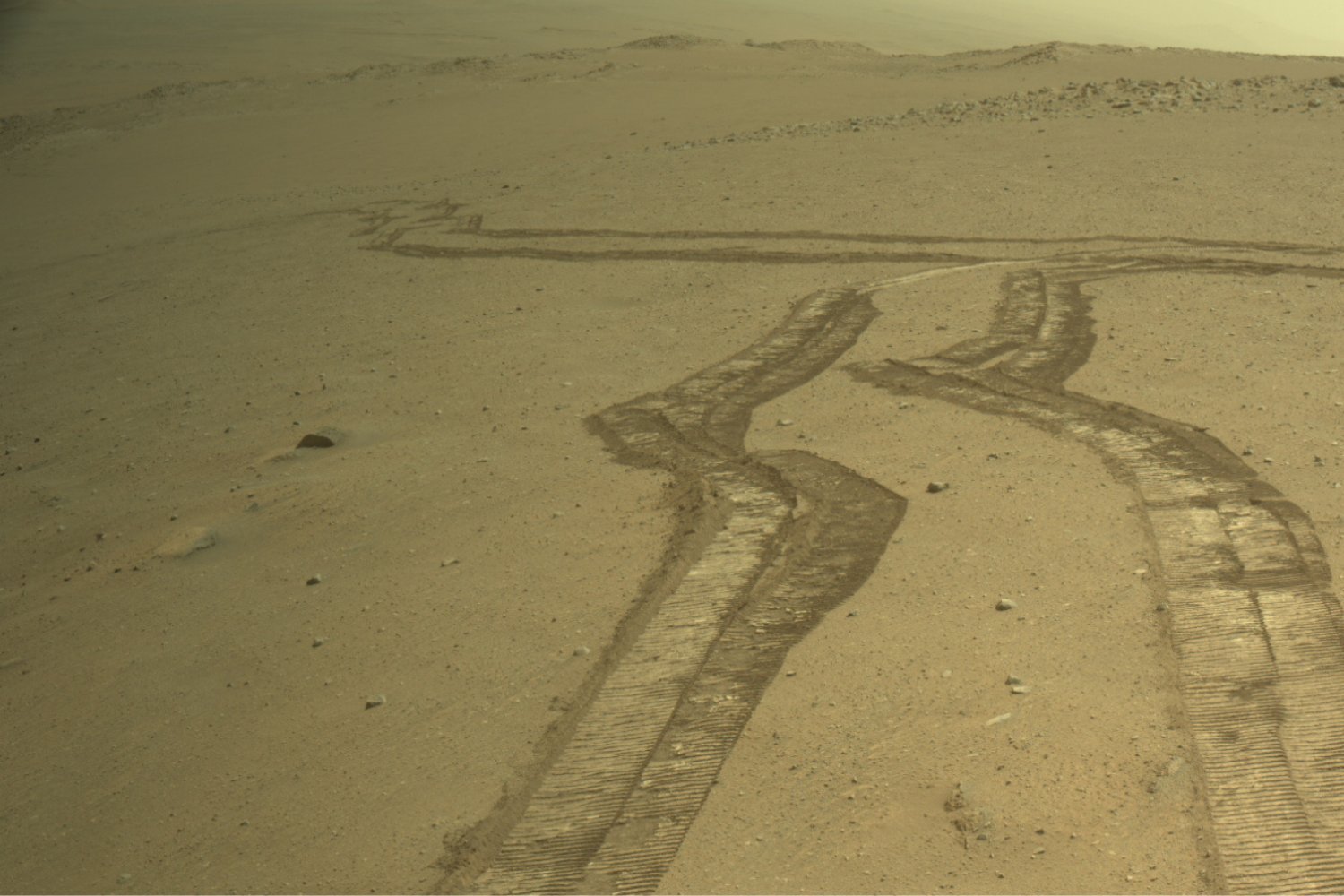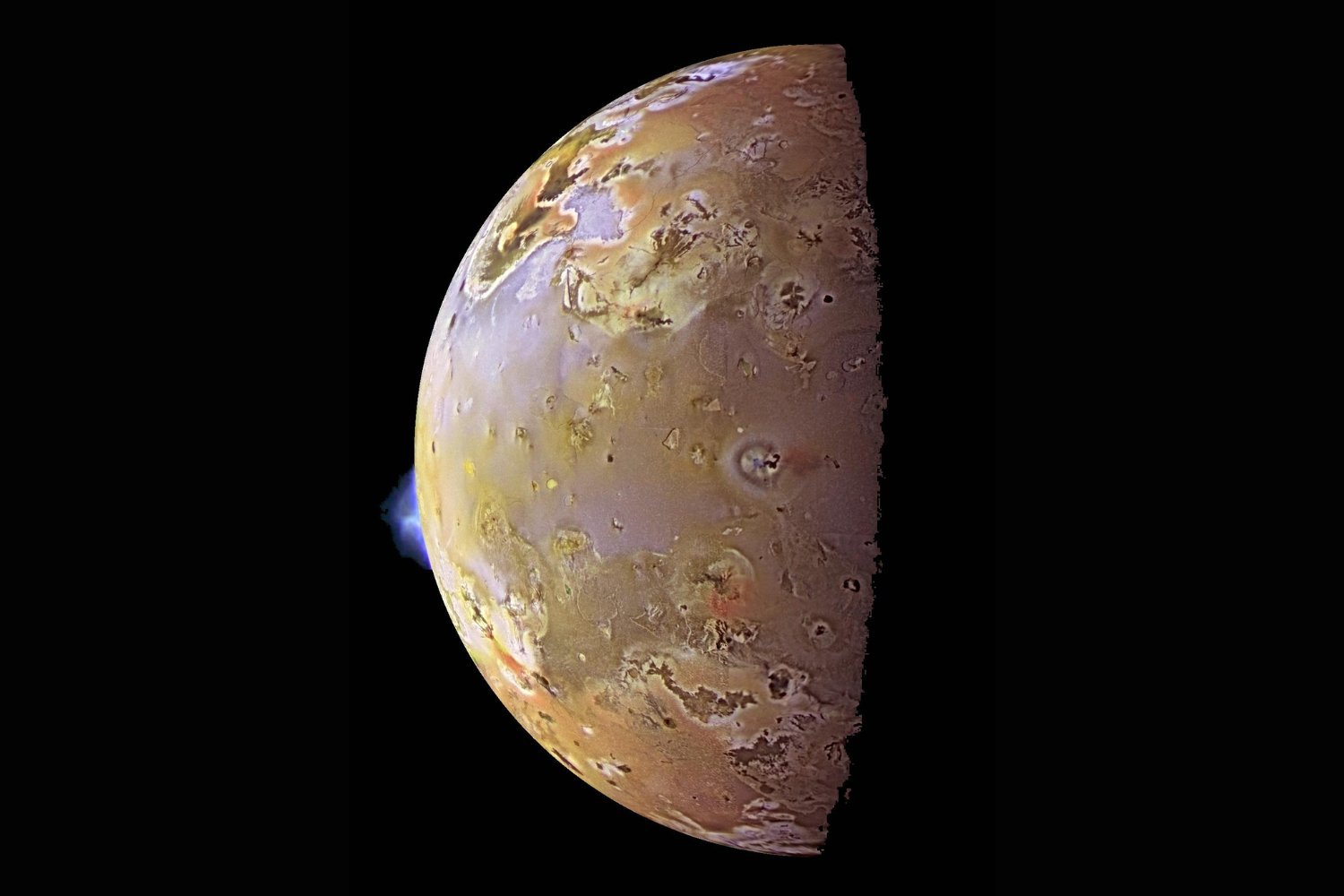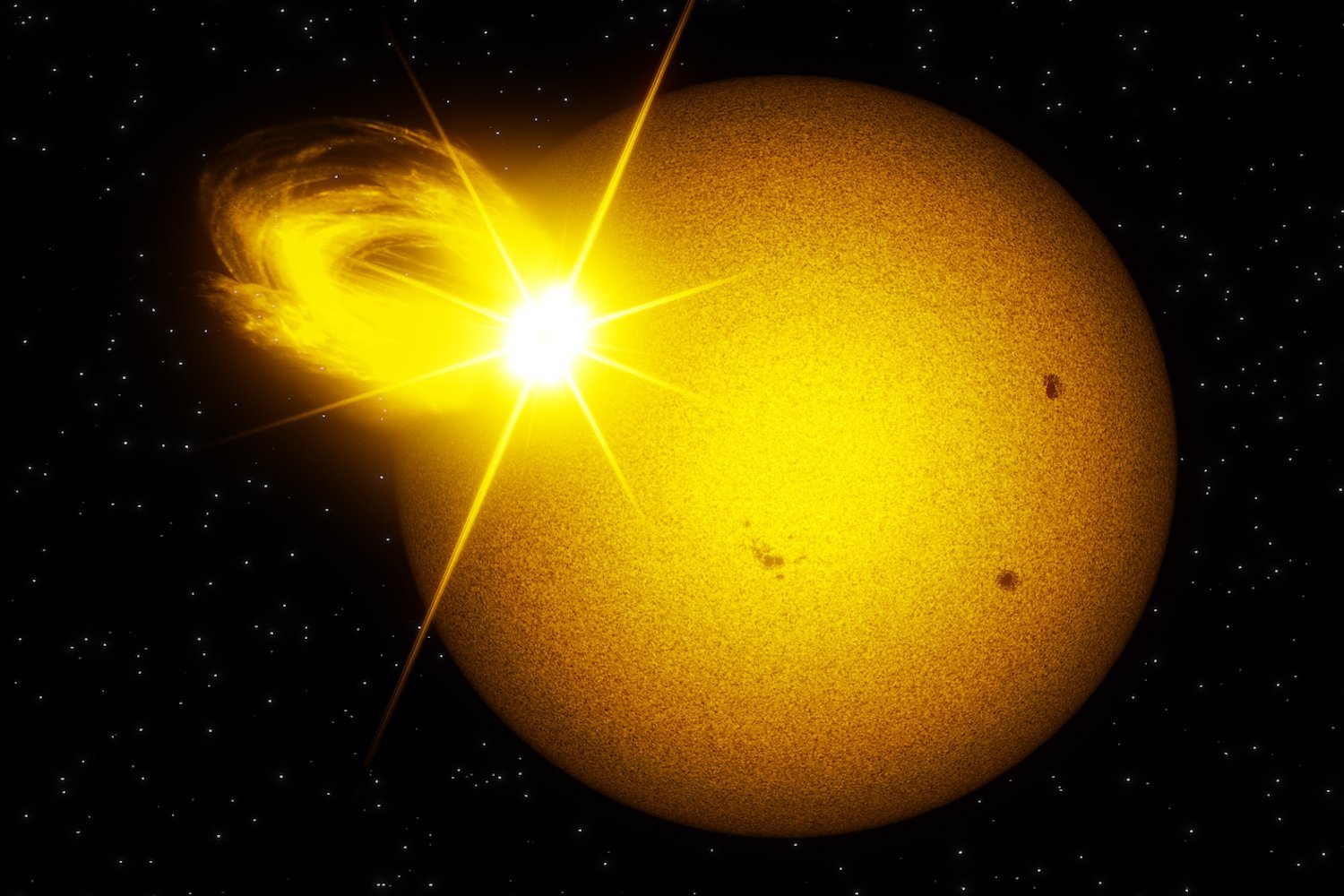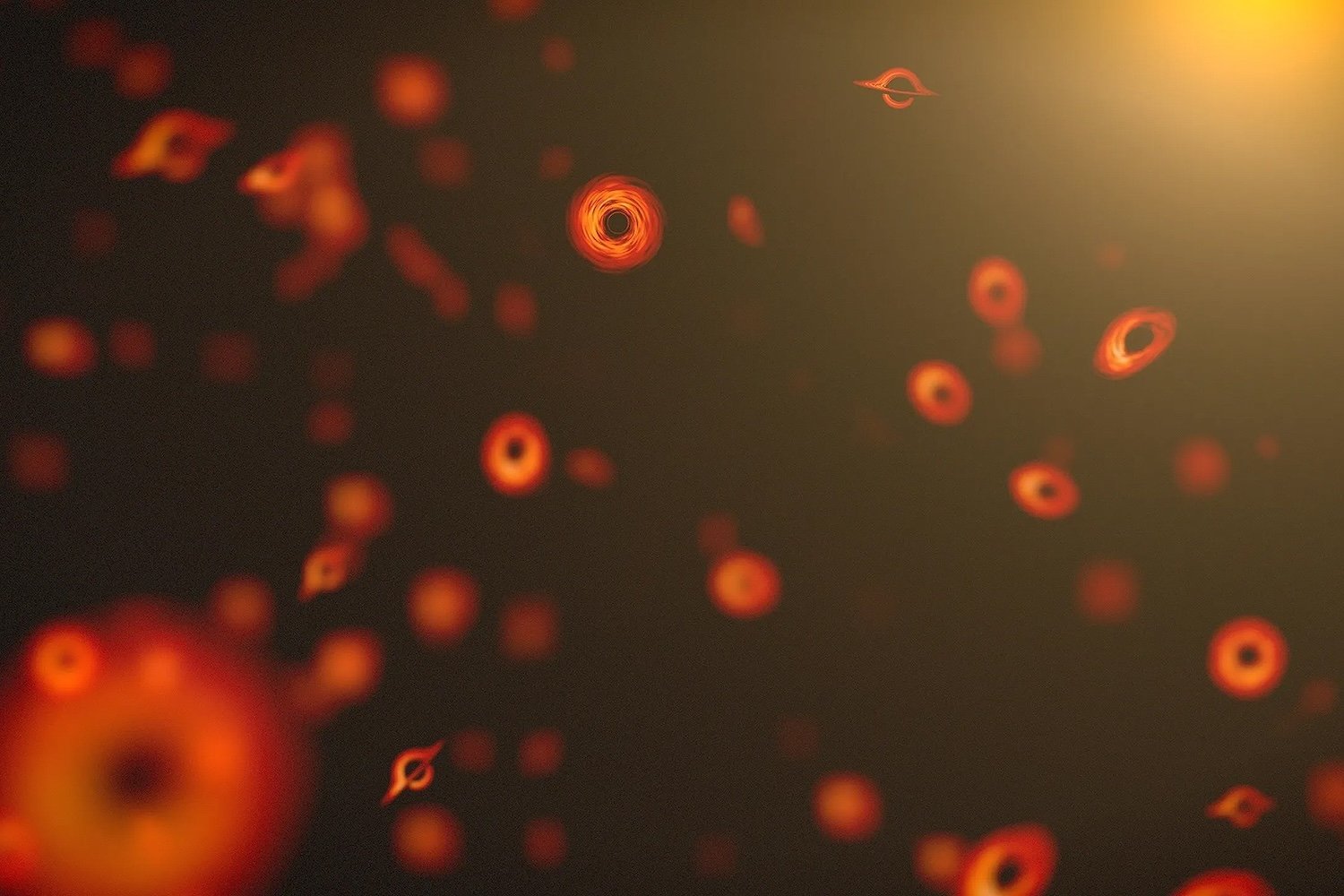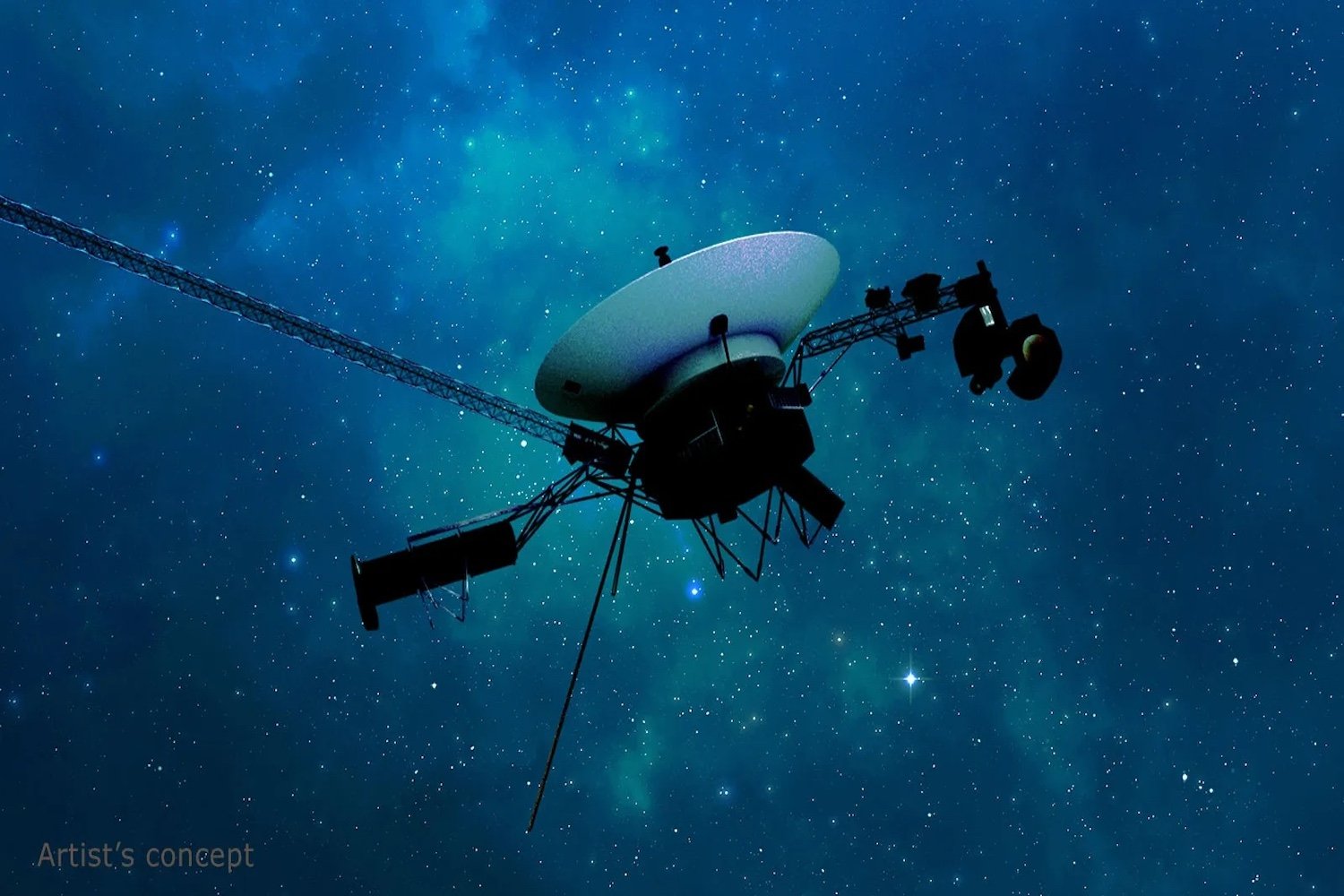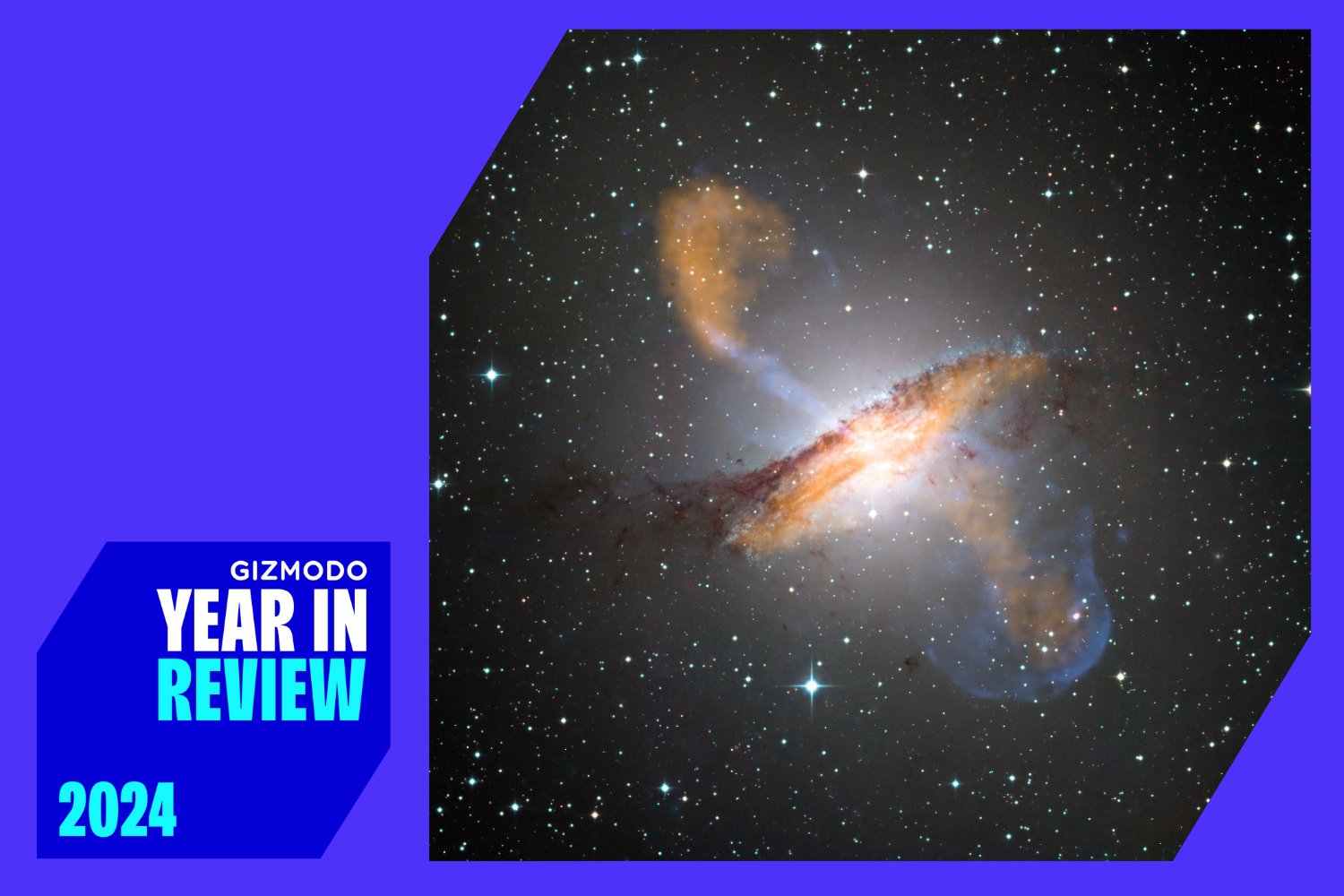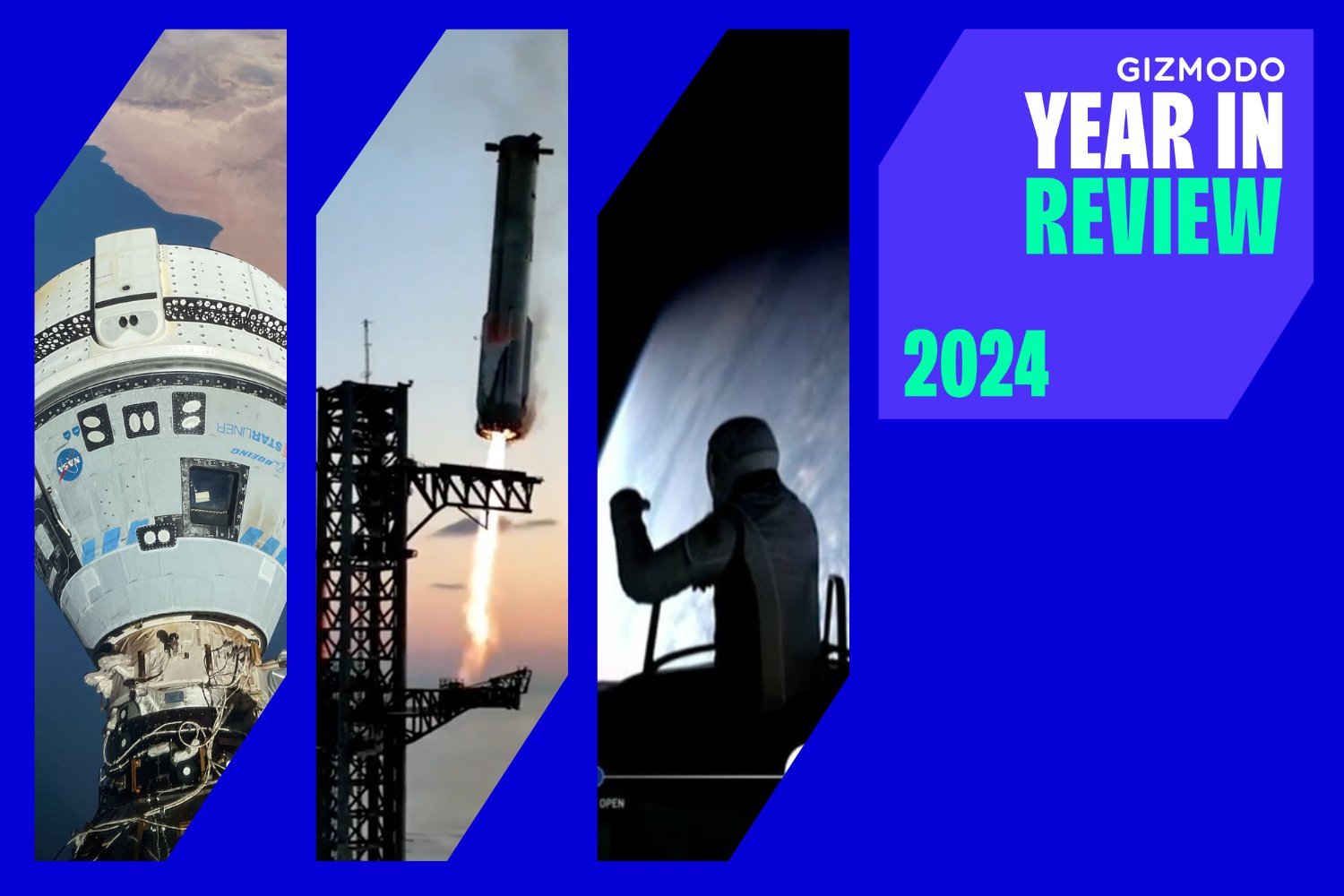The NASA spacecraft Lucy executed its second Earth gravity assist on December 13, 2024, using our planet’s gravity as a slingshot to propel it towards its target: the Trojan asteroids. This crucial maneuver marks a significant milestone in Lucy’s 12-year mission to explore these ancient remnants from the early solar system, offering valuable insights into the formation of the outer planets.
This flyby, occurring around 11:15 p.m. Eastern Time, is essential for Lucy’s journey deep into the solar system. Spacecraft often leverage the gravitational pull of celestial bodies to conserve fuel and gain speed, enabling them to reach distant destinations. This gravity assist boosts Lucy’s speed relative to the sun by over 16,000 miles per hour (25,750 kilometers per hour), a necessary push for its long voyage.
During its closest approach, Lucy reached speeds exceeding 33,000 miles per hour (53,100 km/hr). While briefly passing through Earth’s shadow for about 20 minutes, the spacecraft may have been visible to observers with telescopes in western Africa or eastern South America. Visibility was less likely for those in the eastern U.S. due to the angle of the sun relative to Lucy’s solar panels. The Virtual Telescope Project 2.0 provided a live feed of the event, allowing enthusiasts worldwide to witness this remarkable flyby.
Leveraging Gravity for Space Exploration
This isn’t Lucy’s first gravitational boost. Its initial Earth flyby in October 2022 facilitated a close encounter with the small asteroid Dinkinesh. This second assist places Lucy into a six-year orbit, navigating it through the asteroid belt towards the Trojans, with the first encounter anticipated in 2027.
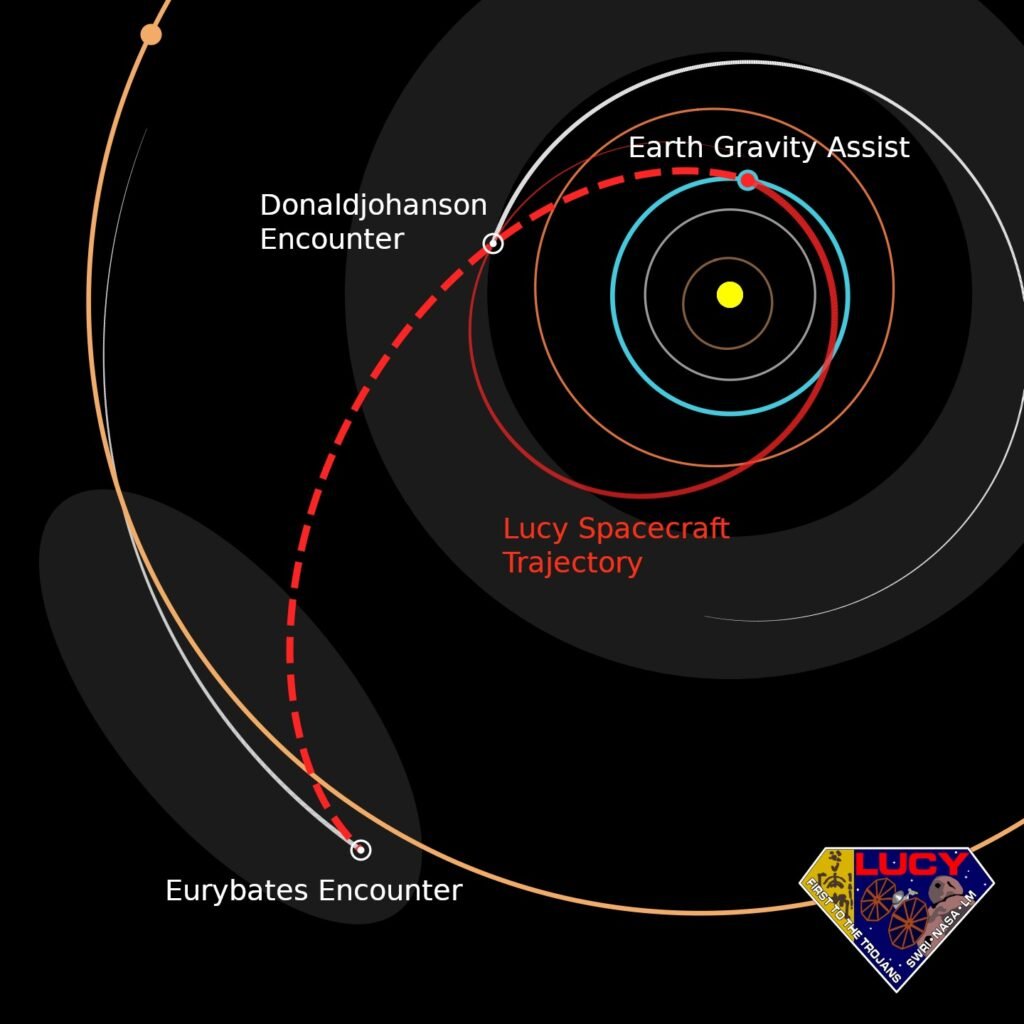 Lucy Ega2 TrajectoryLucy’s trajectory during its second Earth gravity assist. Image: NASA
Lucy Ega2 TrajectoryLucy’s trajectory during its second Earth gravity assist. Image: NASA
This technique of gravitational assist is commonly employed in space exploration. Recent examples include the European Space Agency’s BepiColombo spacecraft performing its fifth Mercury flyby in preparation for orbital insertion in November 2026, and NASA’s Parker Solar Probe completing its final Venus flyby in November 2024, utilizing Venus’s gravity for a closer approach to the sun, scheduled for Christmas Eve.
Lucy’s Upcoming Encounters
Lucy’s next scheduled rendezvous is with the main belt asteroid Donaldjohanson on April 20, 2025. This encounter will serve as a crucial test of the spacecraft’s instruments before it continues its journey towards the Trojan asteroids, offering a unique opportunity to study these remnants from the early solar system and unravel the mysteries surrounding planetary formation.
This Earth gravity assist is not just a flyby; it’s a vital step towards unraveling the history of our solar system. By studying the Trojan asteroids, Lucy promises to provide invaluable data about the building blocks of the outer planets and shed light on the conditions that prevailed during the solar system’s infancy.



